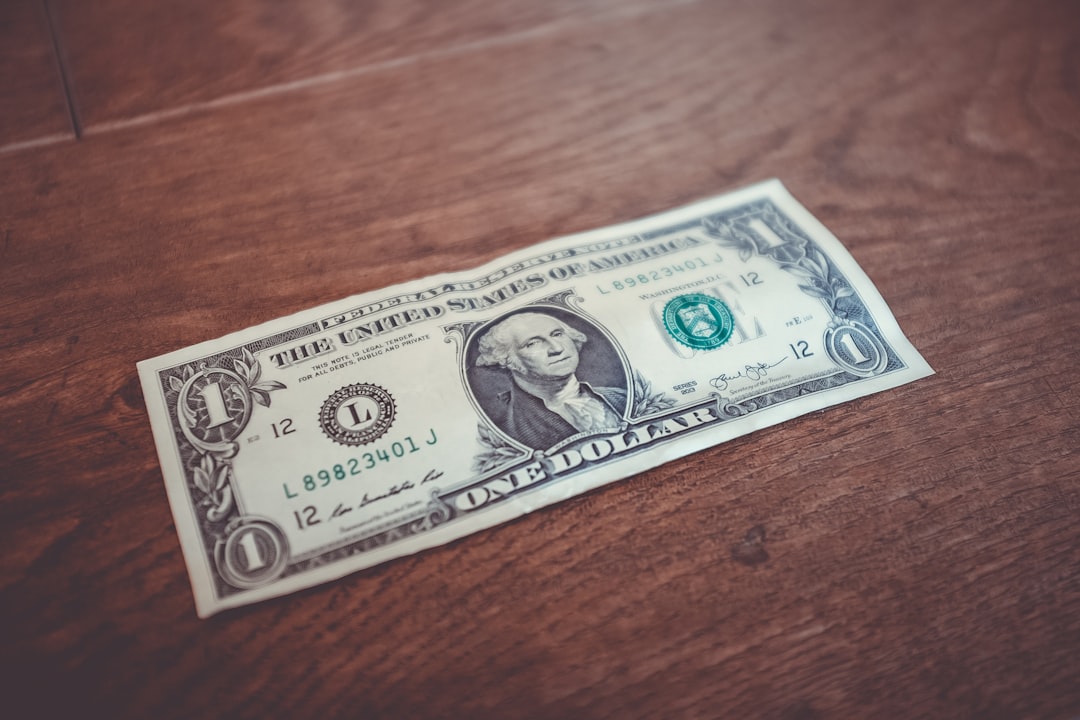 Photo from Unsplash
Photo from UnsplashOriginally Posted On: https://www.nuwireinvestor.com/what-is-cash-out-refinancing/
As of 2020, homeowners in the US carried a whopping $10.3 trillion in mortgage debt. This is expected, given that 62% of Americans take out mortgages.
That said, buying a home is one of the largest investments you’ll ever make. If you can’t buy your home in cash, there are tons of financing options you can consider for your home-buying. These options include mortgages and personal loans, among others.
Cash-out refinancing may be an excellent option if you need more cash to supplement your mortgage. This extra cash will cover repairs, renovations, and even personal needs. That’s where the cash-out refinance process comes in.
Don’t worry if you have no clue what that is. We’re here to help you figure it out. In today’s post, we’ll be taking a deep look into mortgage refinancing techniques to help you determine whether it’s right for you.
What Is Cash-Out Refinancing?Before we get to the juicy bits, let’s first figure out what it is.
Cash-out refinancing leverages the equity you’ve built with your current home to help you take out a larger mortgage. Simply put, it allows you to take another larger mortgage based on the equity your home has generated.
This isn’t a second mortgage, because you wouldn’t have to make another monthly payment for the new mortgage. The money from the cash-out refinance pays off your old mortgage and replaces it with a completely new one.
Case ExampleSay you want to buy your first home and take out a mortgage of about $300,000. Over the years, you pay off $90,000 of the mortgage loan. This means you still owe the lender $210,000.
The mortgage allows you to build a home, but you still need $40,000 for renovations. Thankfully, you’ve built equity worth $50,000, so you opt for a cash-out refinance to fund the renovations. The lender grants you a new mortgage worth $250,000.
$210,000 will pay off the first mortgage’s balance, and you can use the remaining $40,000 for renovations. The $40,000 is 80% of your home’s equity; a standard percentage for most lenders
The lender will give you $40,000 after you close the agreement for your renovation.
It’s worth noting that you must have built up equity on your home before you can get cash-out refinancing. That’s the only way you can get the extra cash exceeding your mortgage balance. Most times, the added amount is the difference between your mortgage balance and your estimated home value.
How to Get Cash-Out RefinancingIf you think this mortgage refinancing option is right for your situation, here is a step-by-step guide on how to refinance your mortgage for cash. First, start with a reputable lender:
Find a Reputable LenderThe first step in cash-out refinancing is finding a reputable lender. The easiest way to do so is by looking for one online. With so many to choose from, picking the right lender can be quite daunting.
Checking online reviews and testimonials from authority review sites like The BBB will help you make the right choice. Once you find the right lender, you can move to the next step.
Check Whether You Meet the Lender’s TermsFor the next step, you need to read through the lender’s requirements and find out whether you meet all of them. Most lenders have a minimum credit score and a debt-to-income ratio percentage that borrowers must meet.
Find Out How Much You Need From the LenderIf you meet all the requirements, your next step is to determine the amount you need from the lender. Remember, the money doesn’t necessarily have to go towards your house. Apart from renovations, you can use them for personal needs, like debt consolidation, for instance.
That said, only make sure you borrow the amount you need for your specific needs. Borrow too much and you might have trouble paying back the money.
Create logical estimates on how much money you need to borrow. If you want to renovate your house, get estimates from different contractors. If you want to consolidate your debt, add up all your current debt and get the total.
Do what you have to to ensure you borrow exactly what you need from the lender.
Get All Your Documents ReadyAfter figuring out how much you want, it’s now time to ready all the necessary documents. These documents may include your credit reports, bank statements, and tax returns among others. Remember, there’s always the chance that the lender might need additional documents so keep them close by.
Additional Facts About Cash-Out RefinanceYou can’t get full equity: Most lenders follow the 80-20 rule, meaning you must retain at least 20% equity of your home. However, a VA cash-out refinance is an exception, offering up to 100% equity on your home.
A home appraisal is necessary: The lenders will have to appraise your home before deciding how much you can borrow. Prepare adequately for your home appraisal to qualify for a good amount from the lender.
You have to pay closing costs: Keep in mind that you will have to pay closing costs if you secure the new mortgage. The closing cost will cover appraisal and lender fees, among other costs.
The loan might have different terms: Remember you’re borrowing a loan that’s separate from your first mortgage. The terms may vary slightly and you need to read the new terms carefully to ensure the new mortgage works in your favor.
Money doesn’t land immediately: You’ll have to wait around three days before the money lands in your account.
Give Cash-Out Refinancing a ChanceCash-out refinancing is an excellent way to get cash for home renovations or to fulfill financial obligations. Remember, only settle for reputable lenders for your mortgage refinancing or any financing for that matter. Also, read the loan terms and conditions diligently to ensure you don’t get the short end of the stick.
Don’t forget to check out the posts on the site for other informative content for more financial help.